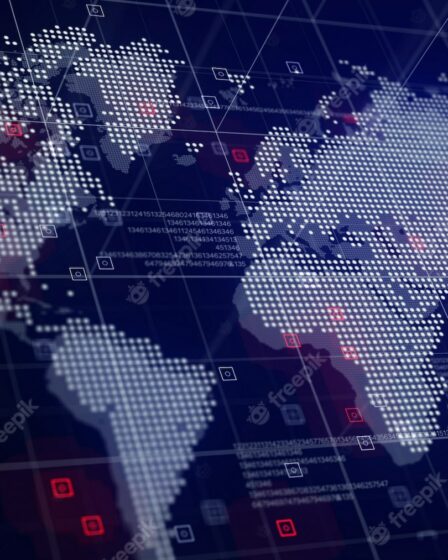It is clear from President Xi’s New Year speech on Taiwan that he believes that PLA is battle ready to unify Taiwan with Mainland China by force. During the first five-year term of former Chinese President Hu Jintao, the People’s Liberation Army (PLA) began its program of “Anti-Access Area Denial” (A2AD) against United States …
Opinion
Safeguarding Indo-Pacific from Trump’s Disruptive Tactics
Donald Trump has done more damage than good to the Asian security architecture and is likely to do more of the same. Not only that, this process is also hurting India’s long term interests because it is damaging the value of the idea of the Indo-Pacific as an open and inclusive construct and not an architecture …
Chinese Reform and Opening up at Forty: Achievements and Challenges!
2018 marks the 40th anniversary of China’s reform and opening up policy, which was introduced under the leadership of Deng Xiaoping and was described by him as China’s ‘second revolution’. China has achieved a lot in the last 40 years. From being one of the poorest countries in the world in 1978, China is now …
The Evolution of China-North Korea Relations under Xi Jinping
North Korea has regarded China as its most natural ally and supporter since the Korean War. The relationship had begun to show signs of strain after the continued nuclear tests by North Korea and it became increasingly difficult since Xi Jinping came to power. The last Chinese leader to visit North Korea was Hu Jintao …
India Must Not Fail the Maldives Test
The need is to prevent the stabilising of a Wahhabi outpost already breeding dozens of ISIS fighters at the trade routes of the western reaches of the Indo-Pacific. Barack Obama’s envoy to the UN, Samantha Power, concretized the concept of the “Responsibility to Protect”. She meant protect vulnerable populations that are thrown into agony …
Taiwan’s China Dilemma
The 21st century saw two important developments, which led to a paradigm shift in international politics. The demise of the Soviet Union in 1991, led to the end of an international system characterised by tight bipolarity of power between the US and Soviet Union; and was accompanied by the rise of multiple poles of power, leading to a multipolar international order, populated by several multilateral organisations. However, even within the multipolar system, the various poles of power have varying degrees of power in relation to one another.
Evolution of India’s Nuclear Policy
A lecture delivered by Prof. Roddam Narasimha at the XIII International Amaldi Conference (2000), preceded by a tribute contributed by Dr. V. Siddhartha, Member, Advisory Board, STSfor, based on texts of emails exchanged between them. At the height of the Cold War, the US National Academy of Sciences (NAS) founded the Committee on International Security …
The Mukhbir’s Fear Psychosis: Developing an Informer Base in the Kashmir Valley
It ought to have been a “no-brainer” that dialogue was essential between the United States and by far the largest geographical entity on earth, the Russian Federation, more so as the interests of both countries could through agreement intersect rather than collide.
Trump, the Washington Beltway and ‘China’s Century’
Beijing Not Moscow
China, Multilateralism and BRICS
India and Nepal, two South Asian countries share a multi-layered and unique relationship, which is tied by many factors. The economic, cultural and political aspects have motivated both the parties to strengthen and maintain the relationship. In fact, both of them require each other’s support in order to maintain geopolitical balance in the region. Nepal is traditionally, an important strategic ally of India and conversely, India is Nepal’s largest trading and business partner.
